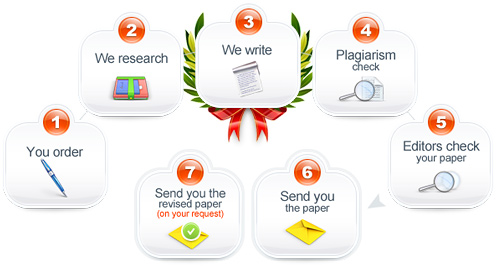Group Manual: Cognitive Behavioral Therapy for Eating Disorders: Anorexia Nervosa or Bulimia
Assignment 7.1: New Psychotherapeutic Group
Pregroup Issues
Answer the following questions about your new psychotherapeutic group focusing on
Pregroup Issues, Stage 1 You should use this paper as the beginning of your manual.
1. Type of group: Describe the practical elements of your group
(closed or open, homogeneous or heterogeneous, size, meeting
place, frequency and length, short-term or long-term, and so on).
Explain why your selections are appropriate to your specific group.

2. Topic or theme of the group
3. Target population and age of participants
4. How and why this group is relevant to your identified population
5. Dates and times of group meetings for eight sessions
6. Qualifications for the group leader, including educational level,
licensure, certification, and so on
7. How and where the group will be advertised/announced? Indicate
how you will identify, attract, and get members for your group. How
is your means of announcing the group key to identifying and
recruiting group members?
8. How participants will be selected and interviewed. Identify criteria
to screen participants, including drafting a screening sheet to be
used by the group leader. Why is this type of screening appropriate
for your group? (Include the final screening sheet as an appendix in
the final group manual.)
9. Informed consent procedures for your group members. Draft an
informed consent form. If your group is for children, include forms
for both children (age-appropriate) and their parents/guardians.
(Include the final informed consent form as an appendix in the final
group manual.)
10. Ground rules that will be established for the group
Write a double-spaced paper in APA format. You will be graded on each of
the above 10 items as complete or incomplete.
Group Manual: Cognitive Behavioral Therapy for Eating Disorders: Anorexia Nervosa or Bulimia Related posts:
- Cognitive Behavioral Therapy for Bulimia Nervosa: Initial Stage
- Use of cognitive behavioral therapy (CBT) for families to cognitive behavioral therapy for individuals
- Patient memoir Read (Wasted- A memoir of Anorexia and Bulimia ) By Marya Hornbacher
- Examining the influence Therapeutic Alliance between Mental Health Nurses and Adolescents diagnosed with Anorexia Nervosa in an Inpatient Setting
- applying behavioral and cognitive behavioral therapies
- Assignment 1: Cognitive Behavioral Theory Versus Rational Emotive Behavioral Theory
- Cognitive Behavioral Theory Versus Rational Emotive Behavioral Theory
- Cognitive Behavioral Therapy: Group Settings Versus Family Settings
- The Effect of Cognitive-Behavioral Group Marital Therapy on Marital Happiness and Problem-Solving Self-Appraisal
- Efficacy of Cognitive Behavioral Therapy
- Global Healthcare Comparison Matrix And Narrative Statement
- Benchmark – Curriculum Design and Program Evaluation

